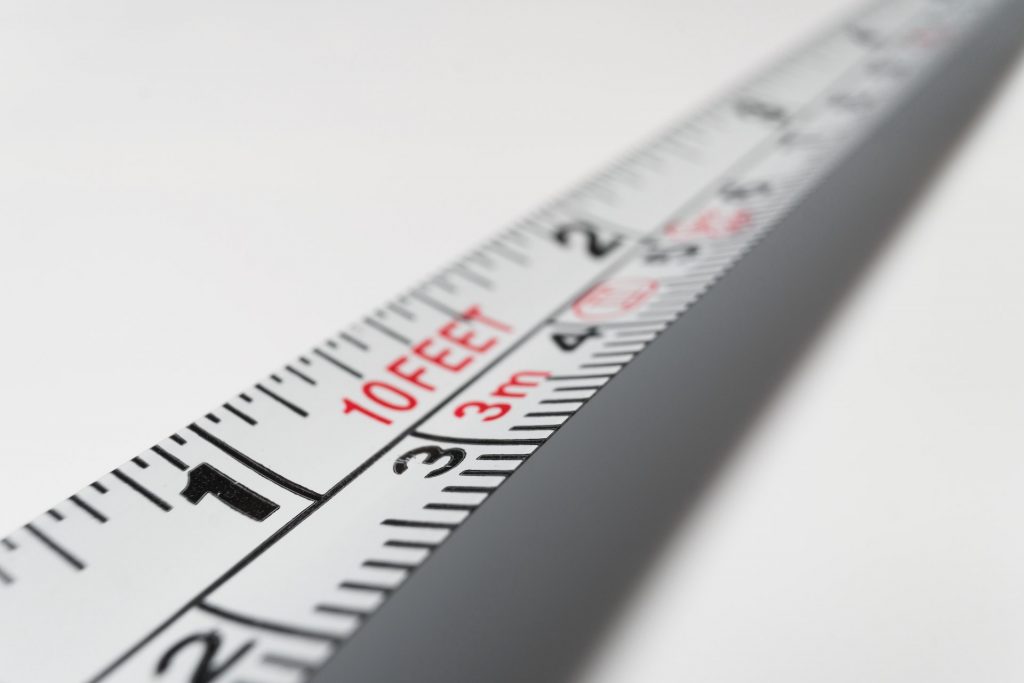How to Measure For a Shower Pan?

When it comes to choosing a shower pan, there are a few basic measurements that you will need to make. First, you need to measure the outside edges and space of the shower pan. Next, you need to measure the depth of the pan. This measurement will be found by dropping the tape measure from the top of the sides to the bottom of the pan.
Standard Sizes Of Shower Pans
Shower pans are an alternative to tiled shower floors. Unlike tiled shower floors, shower pans come in standard sizes. They range from thirty to forty-eight inches wide from front to back. However, you can get customized sizes that will match your needs and your space. Whether you’re renovating a small bathroom or an enormous one, there is a shower pan for you.
Shower pans are functional and decorative, and they help prevent leaks and water damage. Without them, standing water could collect and damage your subfloor, which can be expensive. Additionally, mold and mildew can grow, causing health problems. This is why professional installers are recommended. And remember that shower pans are available in rectangular and square shapes.
Before installing a shower pan, you should level the subfloor with mortar. A mix of sand and mortar is best for this, but you can also use shims to level the floor. The best shims for this are composite ones. They are water-resistant and offer the best load-bearing capacity. You can also make a mortar mixture from sand and mortar and place it in the middle of the shower pan. This will prevent the pan from lifting. up as the mortar dries.
Choosing A Shower Base
There are many options when it comes to the material of your shower base. If you’re looking for something durable that will last for many years, consider Corian. This synthetic material is scratch-resistant and is also easy to clean. It comes in various colors and patterns. It also has a high mineral content and is 100% recyclable. In contrast, if you’re looking for a more stylish option, consider molded stone.
Depending on the size and design of your shower, it’s important to select the correct base. Not only will it affect the overall appearance of the bathroom, but it will also affect the amount of space available in your shower. You should consider how often you clean your shower, and whether you’ll need an angled or low-profile shower base. You’ll also want to consider whether you’ll need other enclosures, such as a barrier-free enclosure.
There are several options for shower bases, including glass, ceramic, and molded stone. Ceramic bases are one of the most popular and can easily match other bathroom fixtures. Glass tiles are also a popular choice. If you’re trying to save space, a square or pentagonal base may be the best option.
Adding A Drain To A Shower Pan
The first step in installing a new shower drain is to attach a drain flange. Install the drain flange using a fitting tool. This tool will fit the drainpipe tightly and tighten the nut. Next, insert the drainpipe into the drain assembly.
The drain pipe should have a slope of 1/4 inch for every running foot. Also, the P-trap should be placed so the opening falls directly beneath the shower drain hole. First, measure the center of the existing drain line. If there is an existing P-trap, cut it off and locate the center of the drain. Once you have this measurement, you can begin drilling holes for the new drain. Use reference marks to guide you when relocating the center of the drain.
Once you have the measurements, you can proceed with the installation. Next, you must prepare the floor. To do so, make sure you have the appropriate level of sub-floor before you begin. After that, you should spread the primer around the drainpipe and the smooth socket on the lower drain body. Once the glue hardens, insert the drain pipe into the drain socket. Hold it in place for at least a few minutes so that the glue can cure.
About the Author

I am a writer who does research on the bathroom and researches whether minimalist or modern bathroom equipment and products. I will continue to write to make the time spent in the bathrooms enjoyable.
